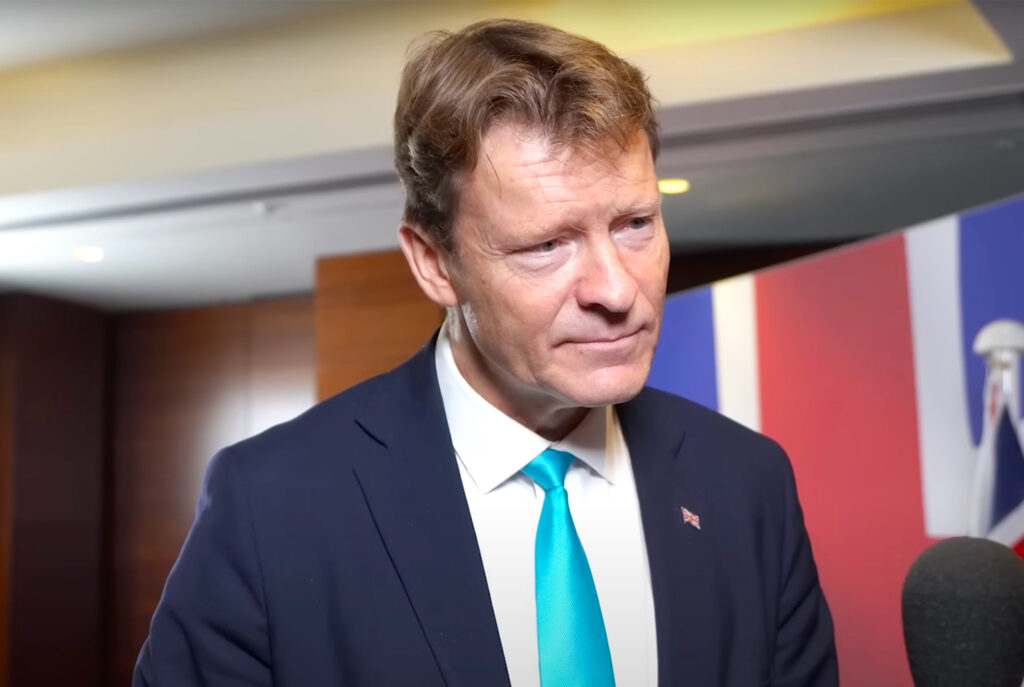
This is, overall, a balanced article, but the lead shows how much the journalistic choice of emphasis can change the nature of a story.
Given an advance look at the Draft Fourth Assessment of the Intergovernmental Panel on Climate Change (a good scoop for any journalist), the writer chooses to suggest that things are not as bad as the “alarmists” have predicted, saying:
”THE world’s top climate scientists have cut their worst-case forecast for global warming over the next 100 years.”
If you look further down the story, the writer could just as easily have chosen something like this:
“Australians will have to join a global effort to cut CO2 emissions in half before 2050 if they hope to avoid an average global temperature increase in excess of 2 degrees celsius. And the Australian Bureau of Agricultural and Resource Economics estimates that a CO2 reduction of that scope, if implemented unilaterally, would depress real wages in Australia by 20 per cent.”
But that would be alarmism.
Perhaps more to the point, the writer might have noted the obvious, which is that pretty much every indicator that the IPCC follows shows that climate change is unfolding exactly as predicted – not at the highest end of the range of expectations, and not at the lowest end, either – but right down the middle.
So, the story appears to be: we’re going to hell in a handcart and while The Australian is pleased that we’re not going as fast as the worst-case predictions might have estimated, the rest of us should still be thinking seriously about buckling up or, hey, trying to do obvious things to slow the damn cart down. No?
Subscribe to our newsletter
Stay up to date with DeSmog news and alerts





